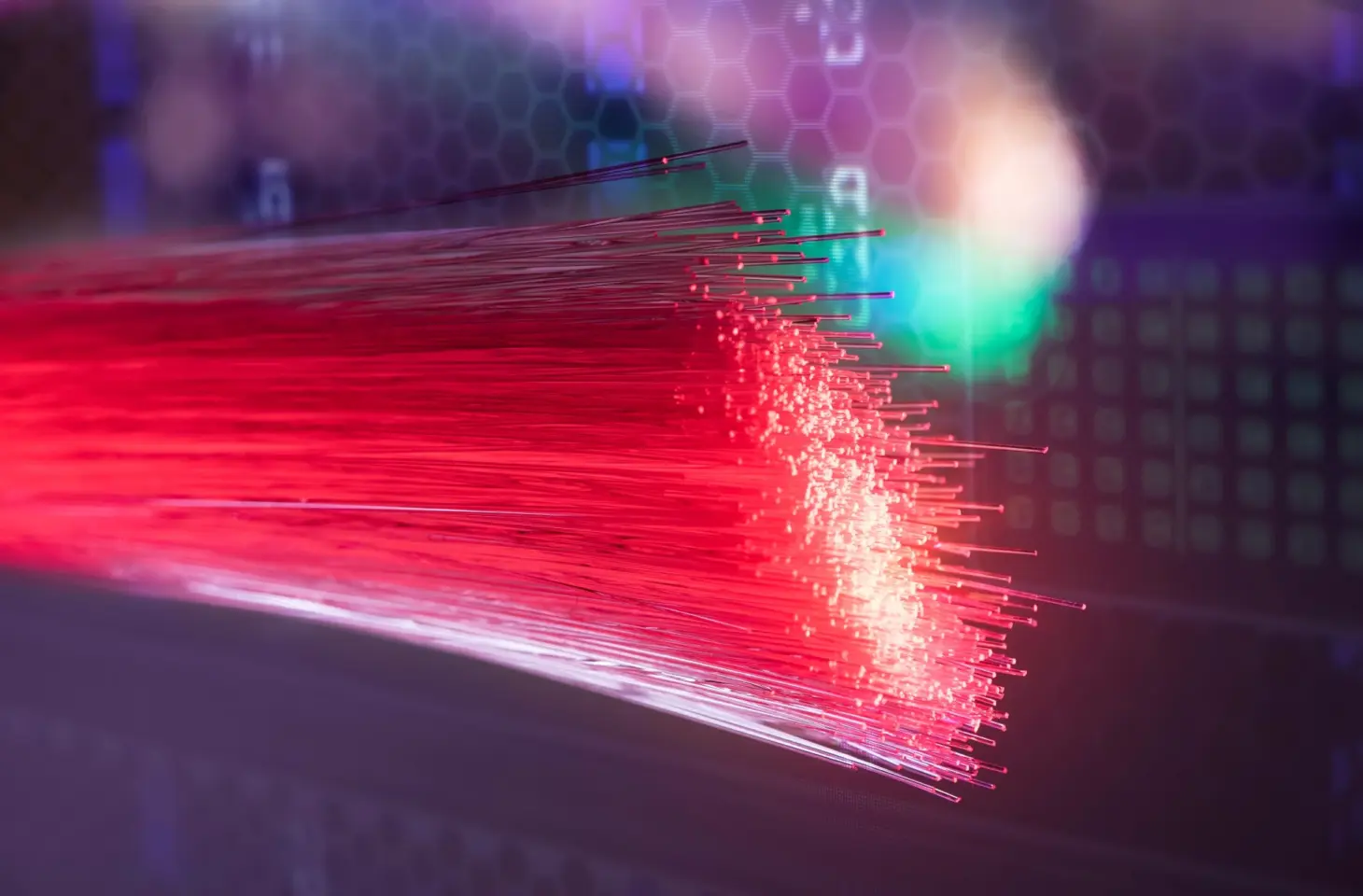Even before the Internet ran over coaxial cable, the limits of the technology were clear. With DSL and variants, things are even worse. The rollout of fiber is more than just an important next technological step: the true speed limits of the technology are nowhere near being reached.
“Optical fiber does have theoretical limits, but we are far from being able to reach them practically.” So says Hans Witdouck, today CEO at Eurofiber Belgium but thirty years ago a young fellow who made the preliminary study for Telenet. Witdouck was already making his mark on Belgian networks even before there was any real talk of the Internet. According to him, the future belongs to fiber. 5G and satellite will play their part, but the importance of fiber will only increase.
Known limits
Witdouck looks back to 1994, before the launch of Telenet. “Even then there was great knowledge of cable networks, and we knew the limits. From the beginning it was clear that cable does not have infinite capacity.”
Around 2010, Witdouck was therefore working on a fiber to the home plan for Belgium. “We went to Proximus and Fluvius, among others, with that plan, but it was difficult to find investors at the time. There were already two broadband networks for every home. With Telenet’s cable a lot was possible, and with DSL also quite a lot. No one saw then that there would be a need for much higher bandwidth.”
Braking lead
According to Witdouck, the law of the inhibiting lead played a role then. At that time, broadband coverage in our country was very high, especially compared to other countries. Because Belgium was so well connected, there was no urgency to make major investments in fiber. “That’s when we fell behind,” he reflects.
read also
Coax is finite, fiber is not: why fiber has little to fear from 5G or satellite
Today, the situation is different. Proximus was the first to start investing in fiber, mainly because its own VDSL technology is no longer competitive with cable. Telenet’s cable can still swallow some upgrades, but the limit is gradually approaching. The demand for more bandwidth and lower latency is driving investments in fiber. Moreover, the rollout is very future-proof, even more so than with cable.
Ecological component
“We don’t actually know the practical bandwidth limits of fiber yet,” Witdouck knows. “Today we use only a very small part of the spectrum on fiber. That is the most economical piece, but there is margin to add a lot more bandwidth.”
Then there is the ecological component. “A fiber network is more efficient than a cable network,” Witdouck explains. “A cable network is actually not that sustainable. It consists of many active components that all consume energy. Fiber consumes much less.” He thinks that’s why sustainability also plays a role in the current rollout of fiber.
A fiber network is more efficient than a cable network.
Hans Witdouck, CEO Eurofiber Belgium
Satellites
Yet it seems there are privateers on the coast. Satellite Internet, for example, is in the spotlight. SpaceX and Elon Musk have demonstrated with Starlink that a large fleet of artificial satellites in low Earth orbit are relevant for broadband Internet anywhere in the world. Musk is not immediately the most reliable partner, but the concept works. Therefore, the EU itself wants to invest in an alternative network: IRIS². Classic satellite Internet, which has been around for some time, is therefore also gaining more interest.
And then there is mobile Internet. 5G connectivity is, in more and more cases, an interesting alternative to a wired connection. What role does fiber play in that story?
Witdouck is not immediately concerned. “5G is nothing without fiber, nor is satellite an equally valid alternative. Both technologies can be relevant for companies that want a backup connection and don’t mind if its speed and latency are a bit slower. There are scenarios where the technologies offer a solution. But they don’t negate the need for a fiber network.”
Demand for security
When security comes up, fiber has some other strengths. Consider encryption and the potential danger of a future quantum computer. With Quantum Key Distribution, it is already possible today to employ principles from quantum physics to secure traffic over fiber networks.
Data centers and critical sites rely exclusively on redundant fiber connections to connect to the Internet and each other. There, too, fiber is the technology of service, with no real competition.
For companies, fiber to the home makes the step to fiber smaller. From his position at Eurofiber, Witdouck naturally points to what he calls “residential networks” (where fiber connections are shared, as offered by classic providers), and truly professional connections with dedicated fiber.
“The demand for robust connections with redundancy is growing,” Witdouck notes. “In the Baltic Sea, cables are being pulled across and people are starting to think. You can do something like that on land, too. Companies and government departments don’t want to fall without an Internet, because that can have a big impact.” Comprehensive, professional and redundant fiber optic networks are the future-proof solution to that challenge, according to Witdouck.
